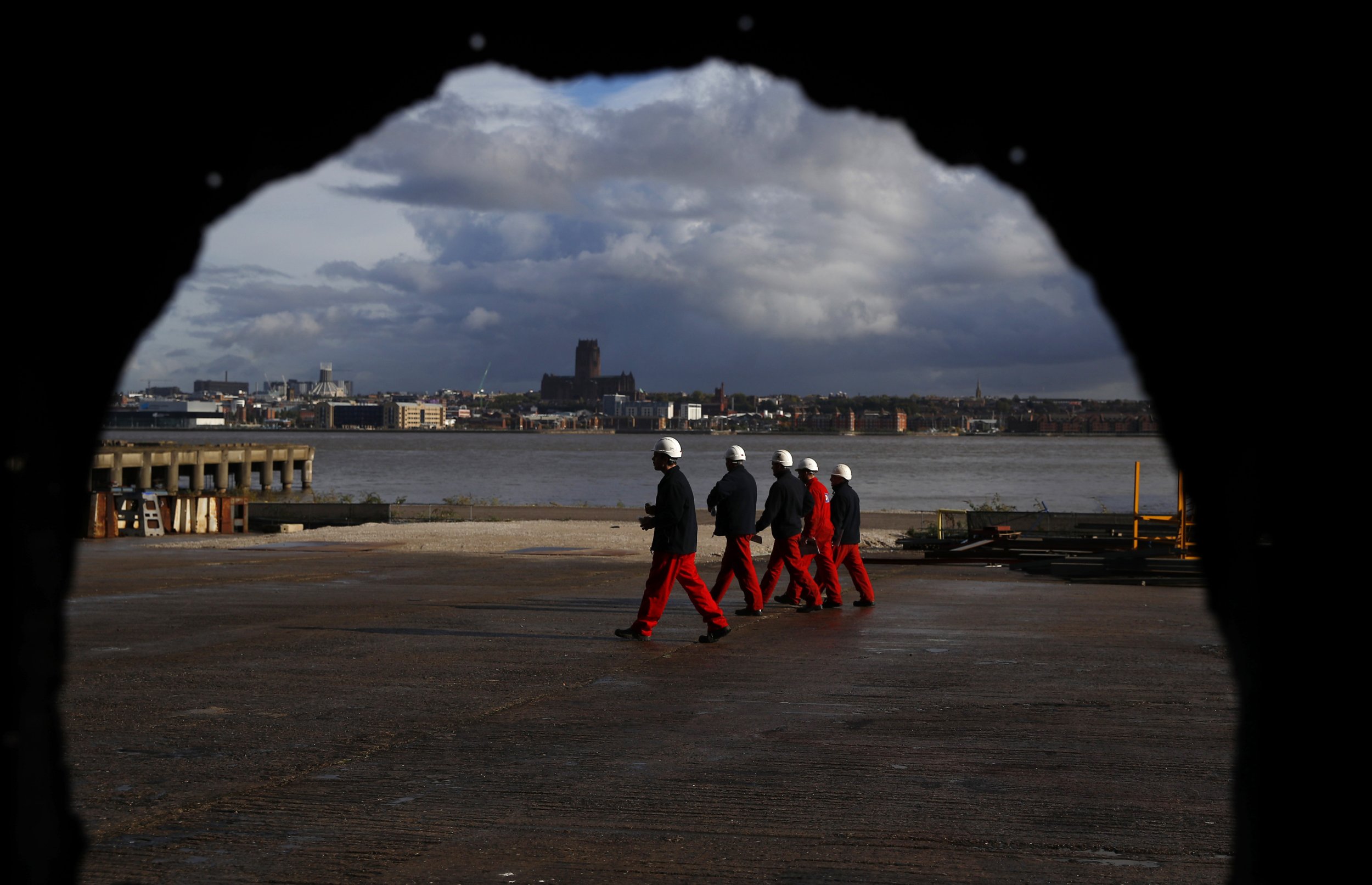
Excellent news. Prime Minister Theresa May has confirmed £2 billion of funding for research and development and a new emphasis on how science, innovation and technology must drive the U.K.'s industrial strategy.
But how will you know that the new industrial strategy is actually working?
It's when you hear more people saying: "My kid just got an apprenticeship in that new factory they built down the road." And when does someone build a new factory, or expand an existing one? It's when a company gets big new orders for something they can make.
It could be for something they can already make, and a production operation they just need to expand, or—even better—they have to build a brand new factory for a new product.
And then they will employ more people, including local kids, so long, of course, as they have the right skills to do the job.
So that's the first part of the U.K.'s industrial strategy—to make sure the kids have a full range of skills for the future. As an educator, that is my job.
How can we make sure companies first get those orders, and then second, commit to building and hiring? There are three ways. Evidence shows that the government is into all of these. I hope so, because so much of our future depends on it.
One: Buy and build infrastructure like the U.K. built the 2012 Olympics. The Olympic Development Authority did a brilliant job at squeezing out the best value for Britain.
Development authorities fund the building of the infrastructure, roads, bridges, tunnels and rail lines that we need. And they give the orders to private companies that employ our kids to do it.
They even leave a wonderful legacy more profound than buildings—that of a more experienced workforce, ready to work on future projects.
Two: Fund national centers where existing companies can try out new ways of making things.
Research and development funds won't work unless they are targeted at an environment ready to make the most of them. It is very expensive and risky to try making something using novel materials or methods.
This is particularly hard for a small company. They may have a brilliant idea, but can they really make it at the price and quality needed can sell it?
They really need a way to use the most advanced machines to test their users without spending loads of money upfront. When you have shown an idea works, without spending a bomb, then you can go hunting for the orders to put that idea into practice.
One notable example of where this works best is in Britain's "catapult centers." Spread across the U.K., these are centers where scientists, engineers and business collaborate to turn big ideas into economic success.
In these "skunk works"—innovative side projects, alongside the day-to-day business—companies try making new things in an innovation lab before having to buy all the kit.
If they hit the right price or an imaginative solution, they then get the new orders. They can borrow the money to build new factories and start hiring new people. Our own center in Sheffield, northern England—focused on advanced manufacturing for aerospace and automotive—has already helped many British companies do just this, re-shoring jobs to the U.K. in the process.
Three: Fund the boffins in universities looking for novel technologies that will be novel products of the future.
That is the key long-term part of the strategy; British universities are great at funding new ideas to commercialize. The next phase is trickier, but still vital.
You need a lot of time, effort and money to go from a fancy new thing in a university laboratory to something produced in volume and sold in a shop. More British universities are starting to develop their own enterprise funds—or banks—as a result, which provide capital dedicated to supporting companies that spin out of university research, turning theory into real-life applications.
However, there needs to be a bigger effort to get widgets built in new factories. Investors also need to see a credible way to monetize their investments. If we get this right, everyone benefits.
So with Development Authorities, Catapults and Enterprise Funds we should see a brighter future for Britain. And without these new jobs our kids' future will be blighted forever.
So let's welcome the new strategy. I wish the new prime minister and her government a fair wind as she tries to make a success of industrial strategy. Her ability to get the wheels of innovation and industry moving shapes the opportunities for the generation who desperately need her to make good on this promise of change.
We need companies and researchers working together for the good of the country. We need to welcome the teaching which will enrich us all. And we must work together to make it a reality for our children.
Professor Sir Keith Burnett CBE FRS FLSW is president of the UK Science Council and vice-chancellor of the University of Sheffield.
Uncommon Knowledge
Newsweek is committed to challenging conventional wisdom and finding connections in the search for common ground.
Newsweek is committed to challenging conventional wisdom and finding connections in the search for common ground.
About the writer
To read how Newsweek uses AI as a newsroom tool, Click here.








